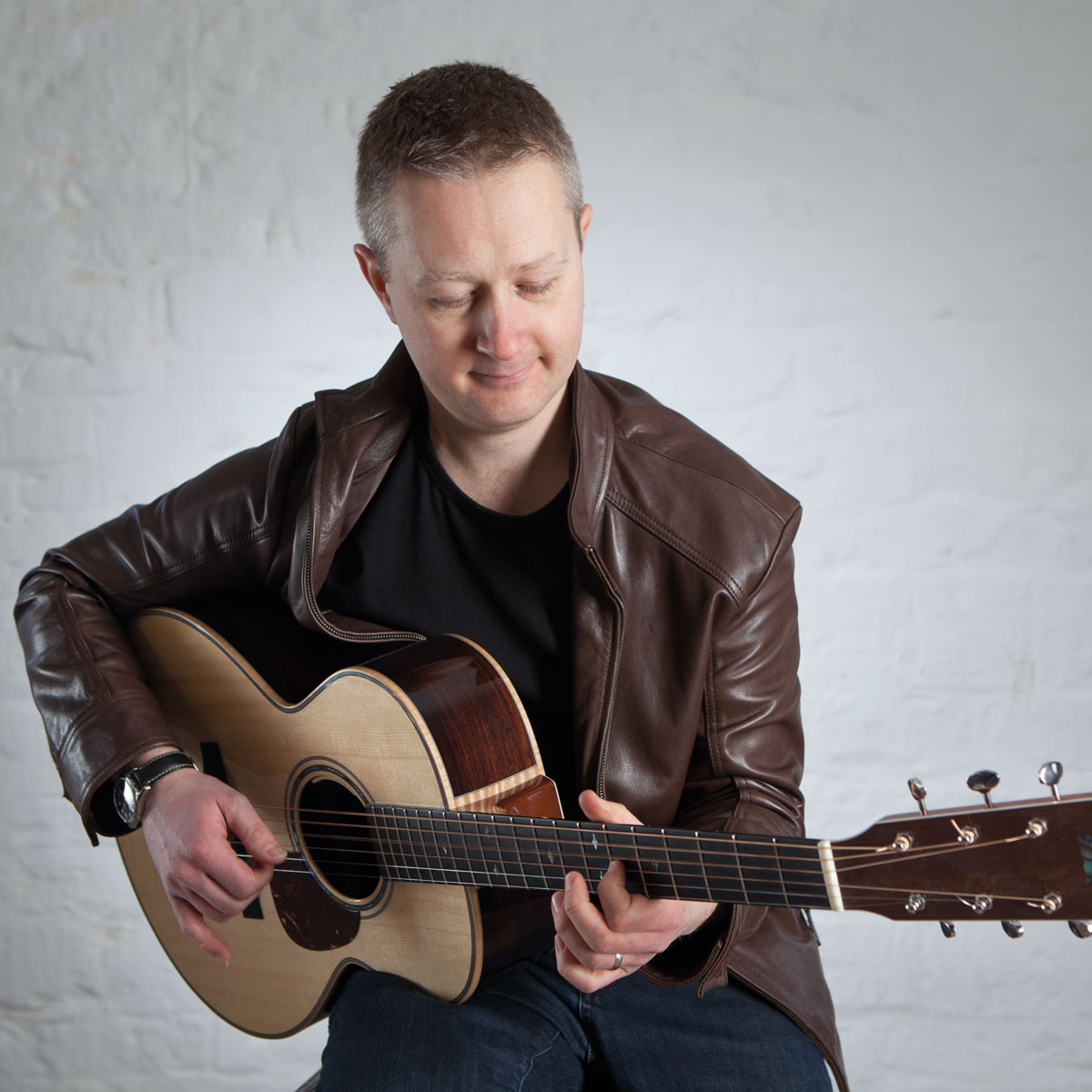An essential scale for classic blues and rock solos, the Mixolydian mode is loved by everyone from B.B. King to Guns N' Roses – here's how it works
Used by countless blues guitarists and hard rockers from B.B. King and Guns N' Roses to Josh Smith and Joe Bonamassa, the Mixolydian mode is essential knowledge. Stuart Ryan explains all
Like its Lydian cousin, the Mixolydian mode deviates from the major scale by just one note – the major 7th, which is lowered by a semitone to become a minor 7th. It's a crucial difference that gives Mixolydian licks and chord progressions a bluesier edge than the sometimes overly bright-sounding major scale.
To demonstrate this, we'll start by looking at the notes of the A Mixolydian mode compared to A major:
A major notes: A B C# D E F# G#
A Mixolydian notes: A B C# D E F# G
As you can see, the two scales are identical except for the G#/G note, and the Mixolydian intervals are as follows:
Root, major 2nd, major 3rd, perfect 4th, perfect 5th, major 6th, minor 7th
Built from the fifth degree of the major scale, the relationship between the major 3rd and the minor 7th gives the Mixolydian mode its defining sound. If this combination of major 3rd and minor 7th sounds familiar (and don't worry if it doesn't!) it's because these are also the most important intervals in a dominant 7th chord. And what's the root chord of A Mixolydian? Why, A7 of course!
A7 notes: A C# E G
A7 intervals: root, major 3rd, perfect 5th, minor 7th
Built from the fifth degree of the major scale, the dominant nature of the Mixolydian mode makes it perfect for blues-rock, jazz and classic hard rock.
Make sure to watch our video lesson where we explain all of this and more. Scroll down to find tab and audio for all the examples you see played in the video.
A Mixolydian mode (5th position)
We'll begin with a simple two-octave shape of the Mixolydian mode in A. If you're new to the Mixolydian mode, play through it slowly and listen out for the minor 7th G note. This is the only note that's different from the major scale.

A Mixolydian mode (pedal exercise)
Playing the mode up and down the fifth string, alternating with the open-string root note is a great way to hear the unique Mixolydian quality. Again, home in on the minor 7th. It’s the G note at the 10th fret.
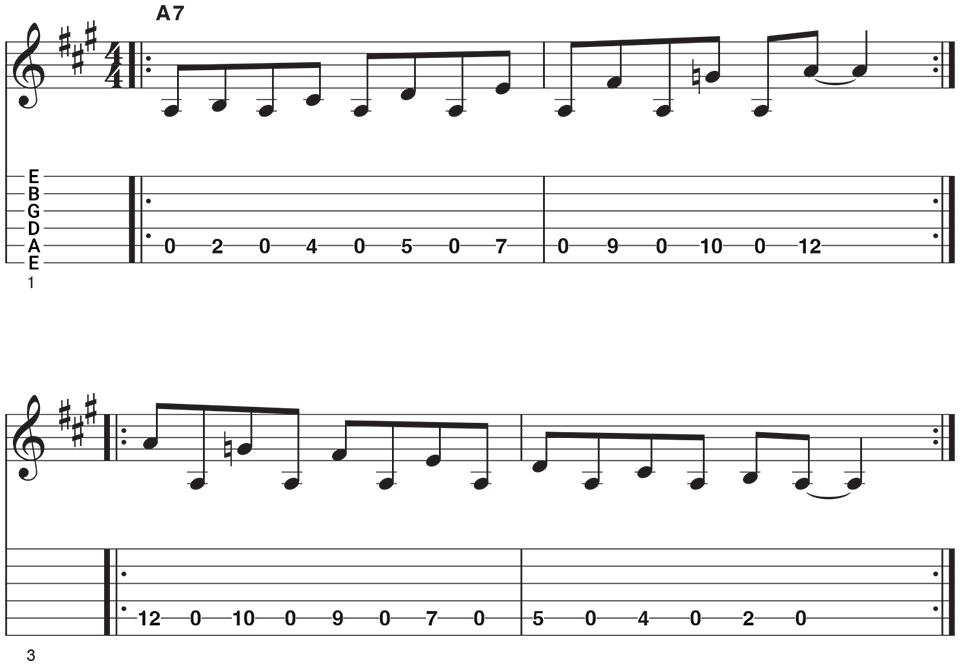
A Mixolydian mode (diads)
This time the mode is played as major and minor 3rd diads on the first and second strings. When you've played through this a few times, see if you can work out the Mixolydian diads in 3rds on the remaining string pairs.

A Mixolydian mode (triads)
Harmonizing the Mixolydian mode as simple major and minor chords is another great way to hear the unique sound of the mode. You can also view these chords as being from the parent scale of A Mixolydian (A B C# D E F# G) – that’s the D major scale (D E F# G A B C#).
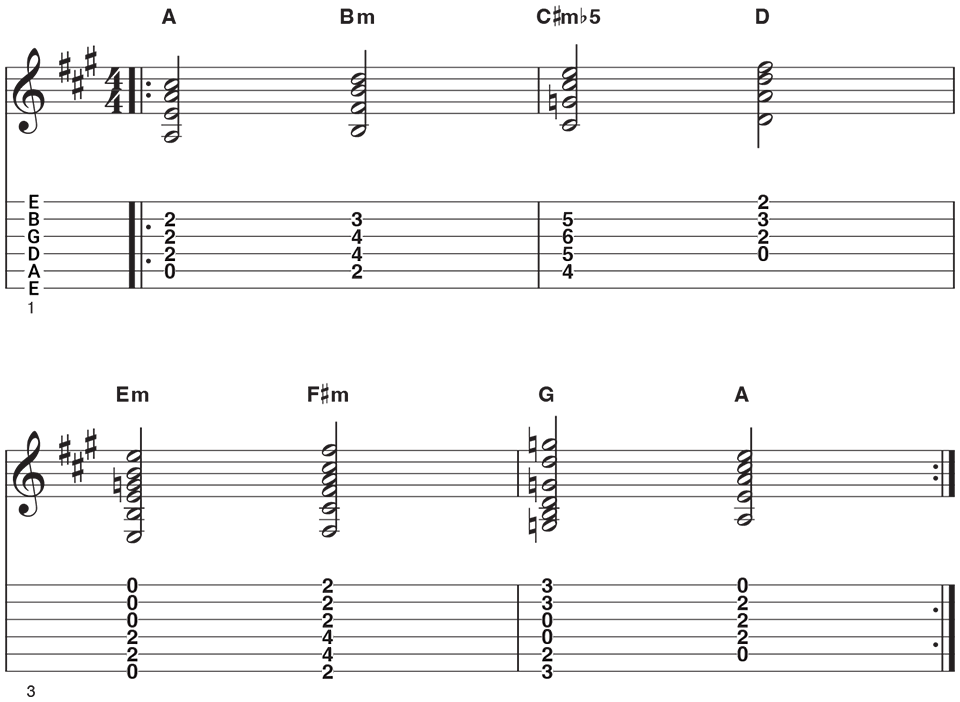
A Mixolydian mode (7th chords)
Develop the triads further into 7th chords and you'll notice that the I chord, A, becomes the edgy sounding dominant 7th (A7). This is the gateway to some interesting Mixolydian progressions and provides a big difference to the major scale whose root 7th chord is the smoother maj7.

A Mixolydian mode (rhythm guitar)
Mixolydian is a natural starting point for blues and jazz, but the sound of 7th chords also works really well in pop and rock. This simple progression hints at bands like Maroon 5 who frequently use sophisticated chords and progressions.
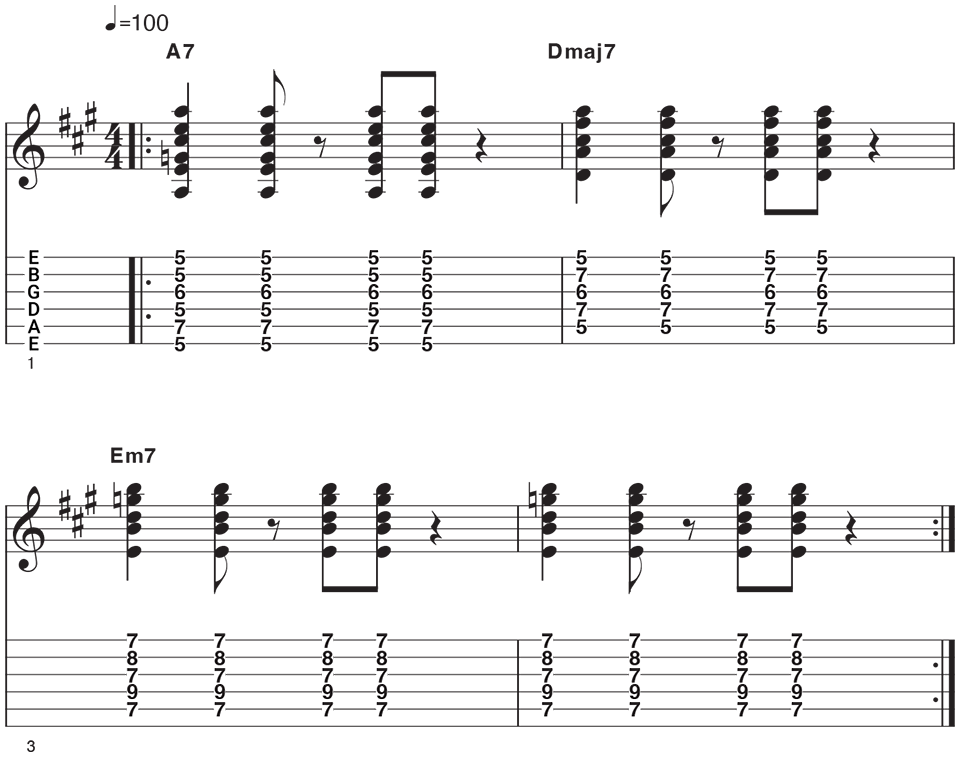
A Mixolydian mode (chords and arpeggios)
Here’s an interesting variation on the ii – v – I progression, in the Mixolydian mode the ii chord remains minor (Bm here) but the v chord also becomes minor (Em7) and the I chord is now a dominant seventh.
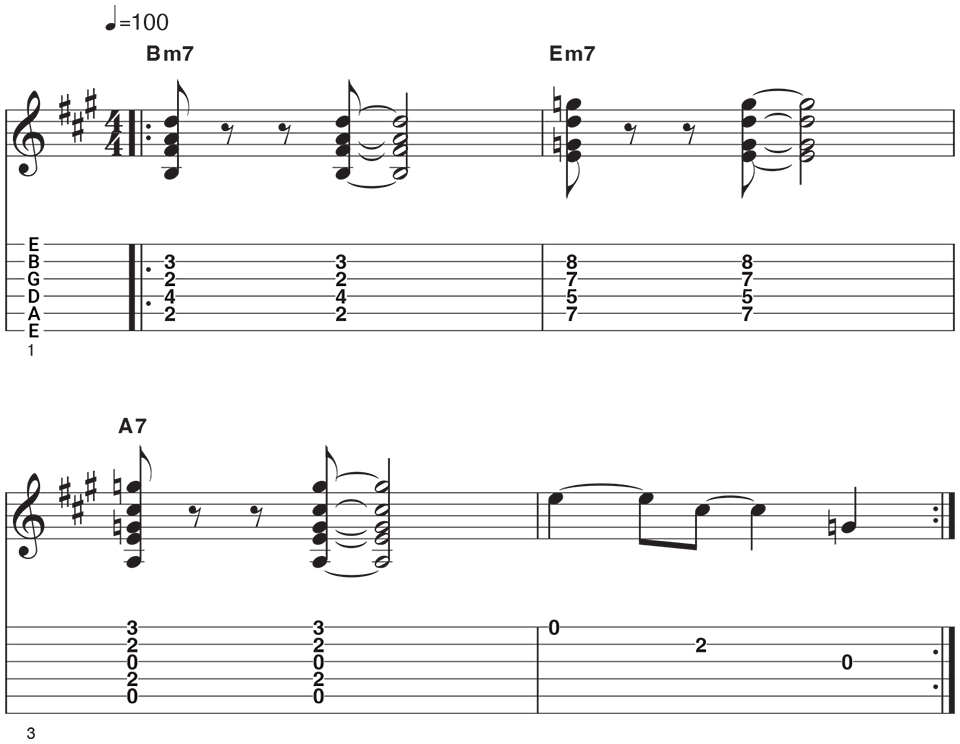
A Mixolydian mode (lead guitar lick)
As with the other modes you want to target the colour tones when soloing, so, here, in bar 1, that means hitting the G (the minor 7th) over the A7. However, we're not hanging on it for too long. This tense interval either wants to resolve to a stronger chord tone (A, C# or E) on the A7, or it will become a clash on the following Dmaj7 chord.
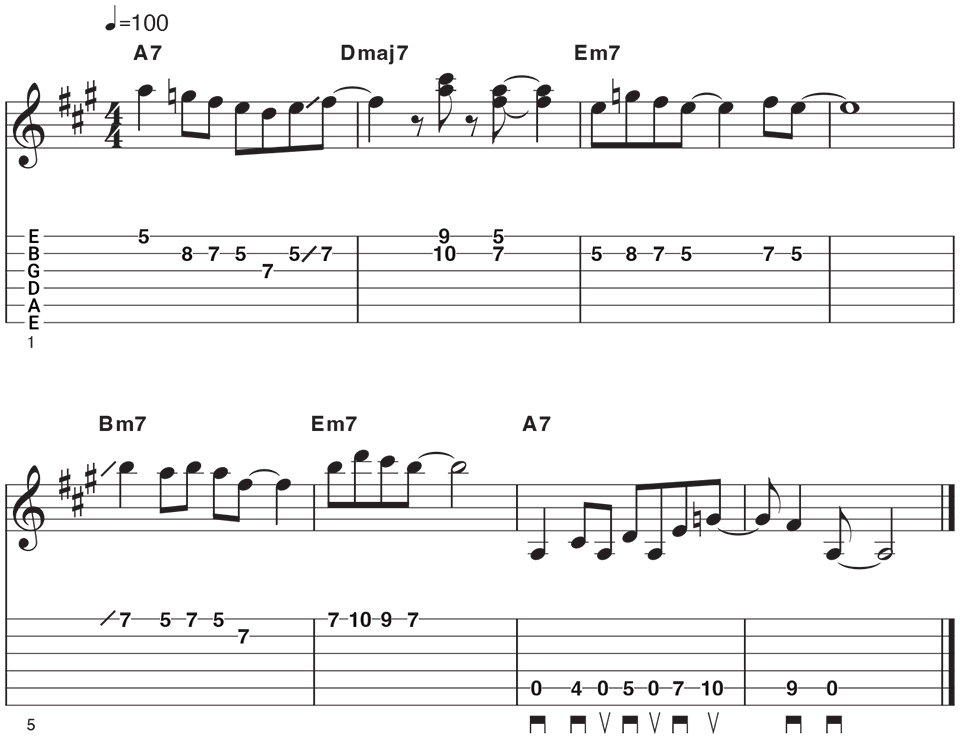
Get The Pick Newsletter
All the latest guitar news, interviews, lessons, reviews, deals and more, direct to your inbox!
Stuart Ryan is best known for his acoustic guitar playing, from Celtic fingerpicking and traditional folk to modern percussive phrasing and fresh interpretations of popular pieces. He has released several solo albums, written pieces for UK examination boards and created nine tutorial books ranging from acoustic guitar arrangements to Americana styles.

